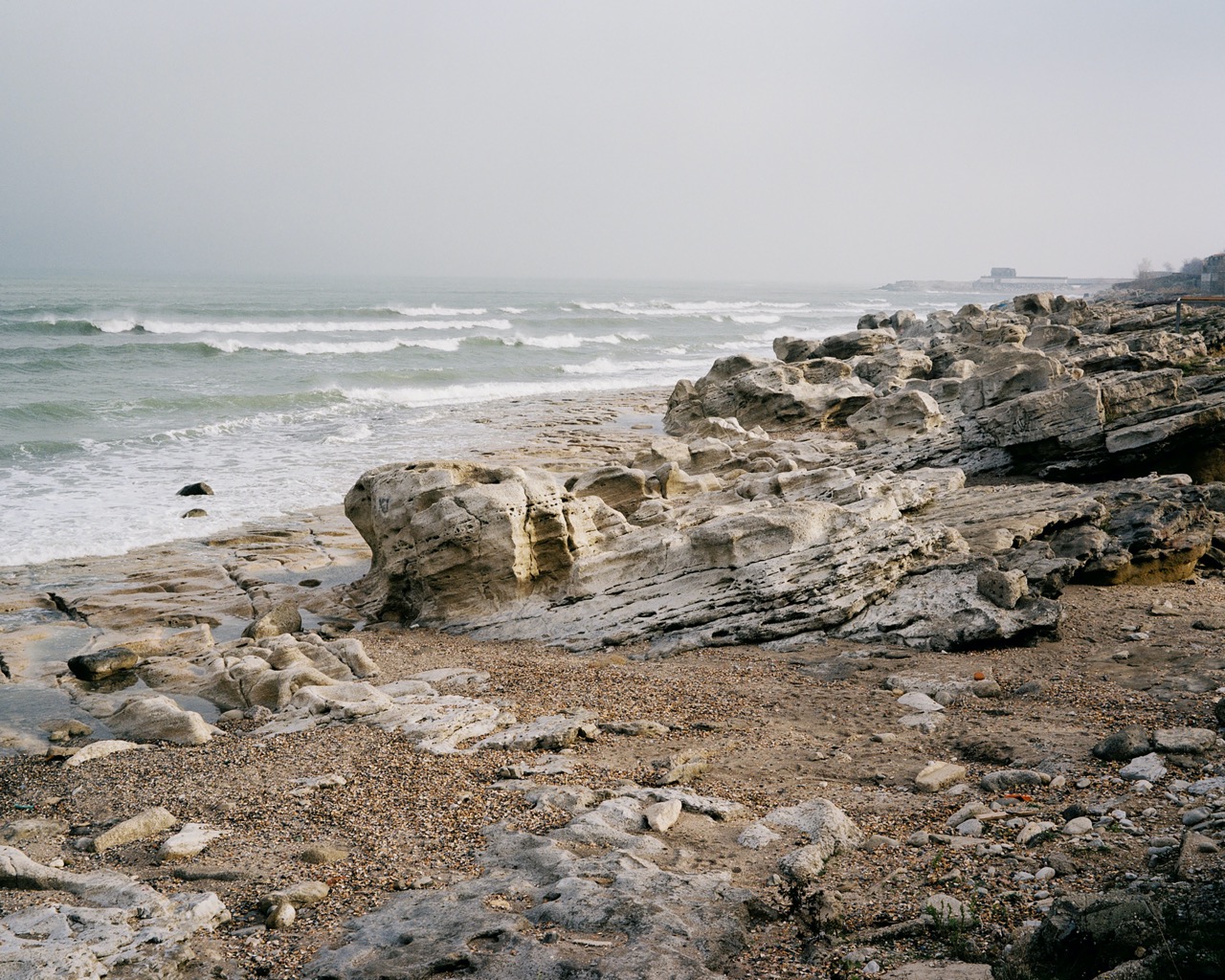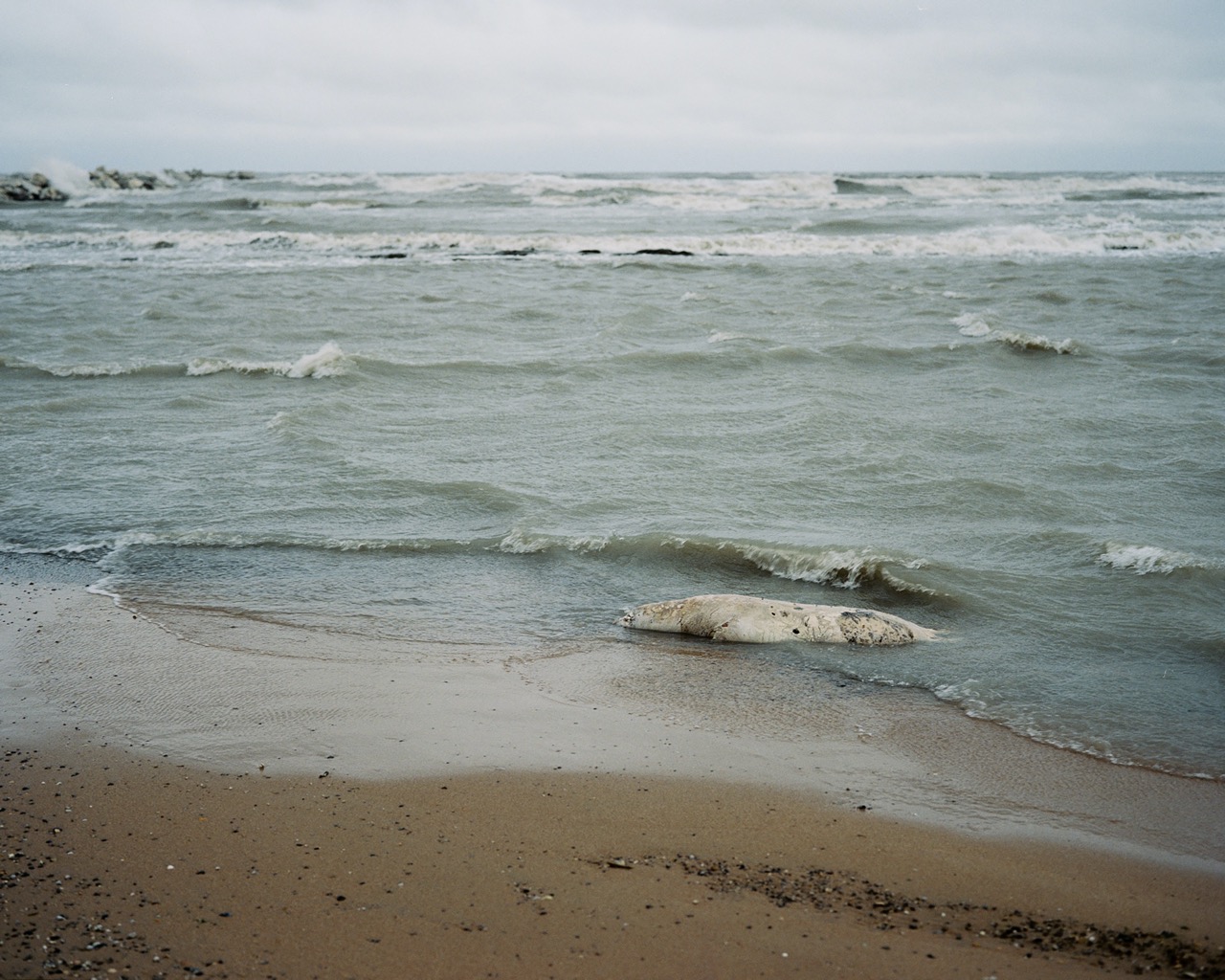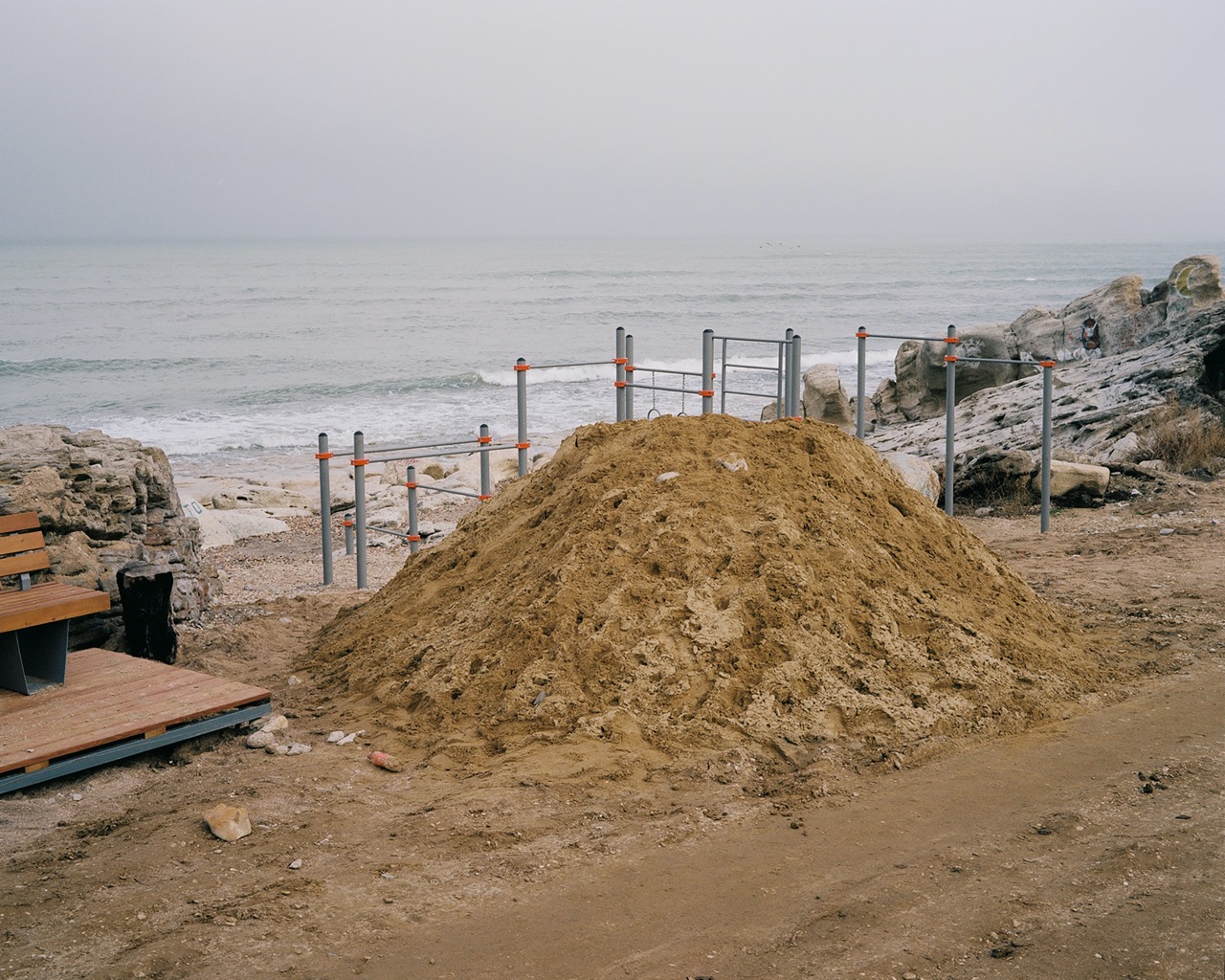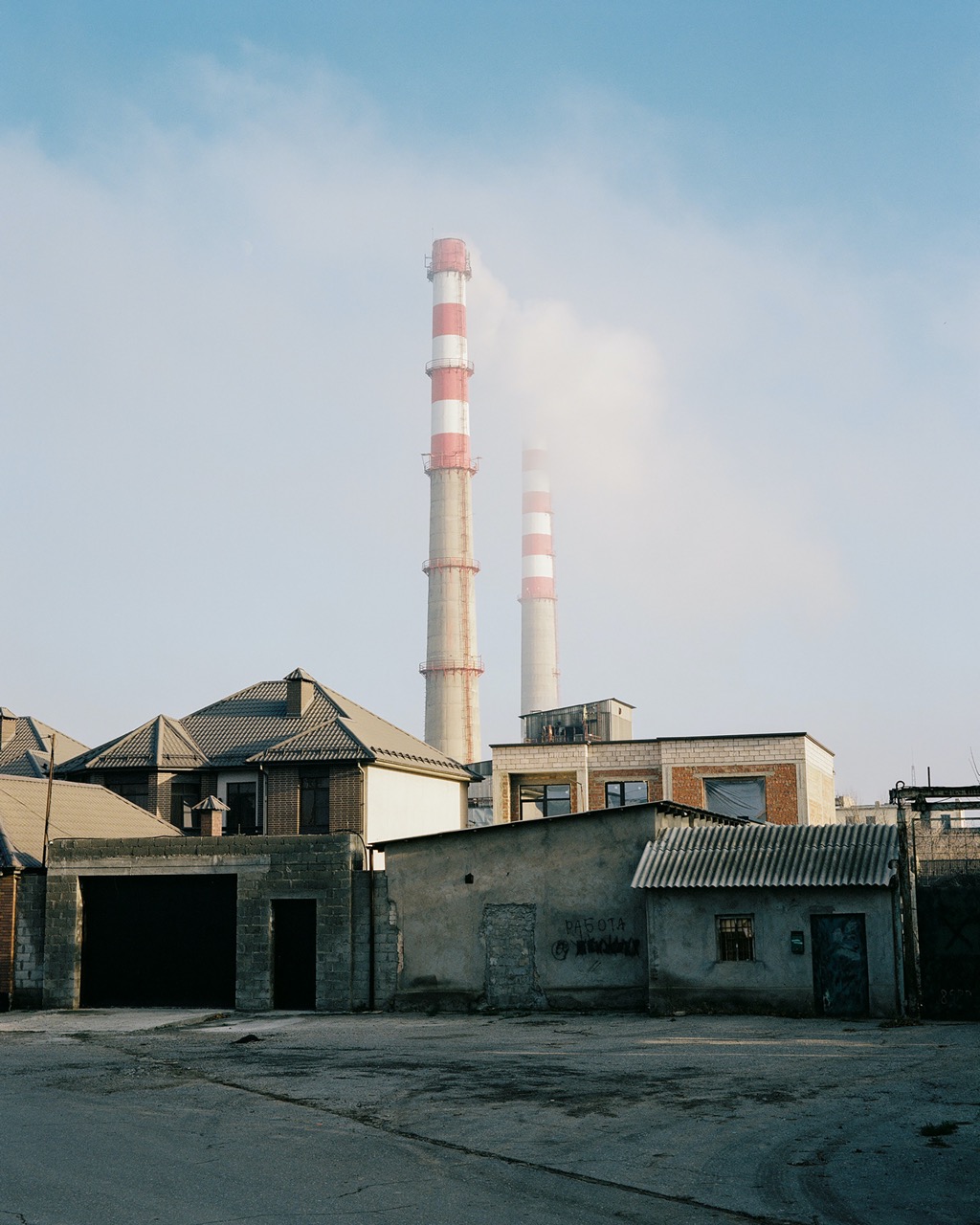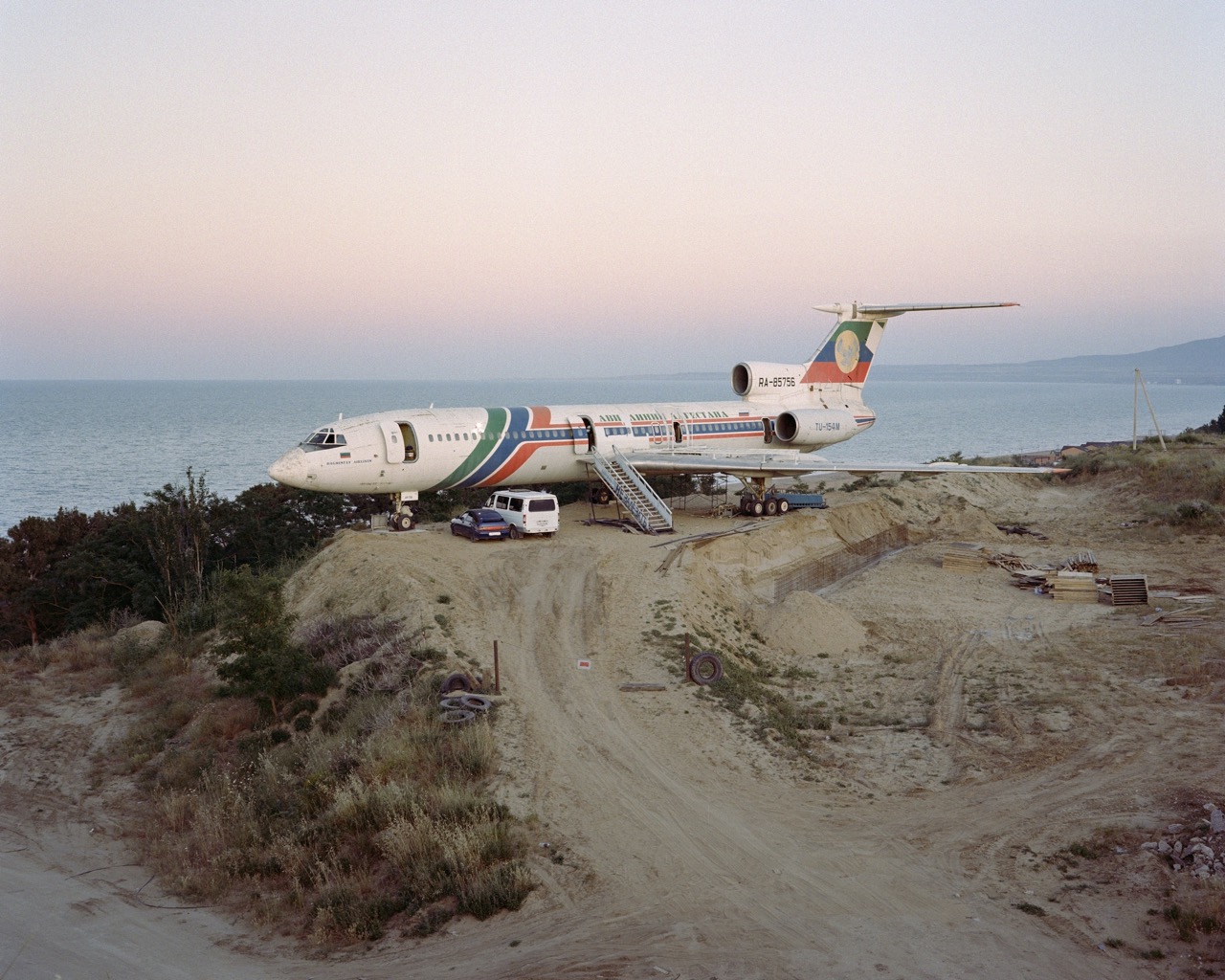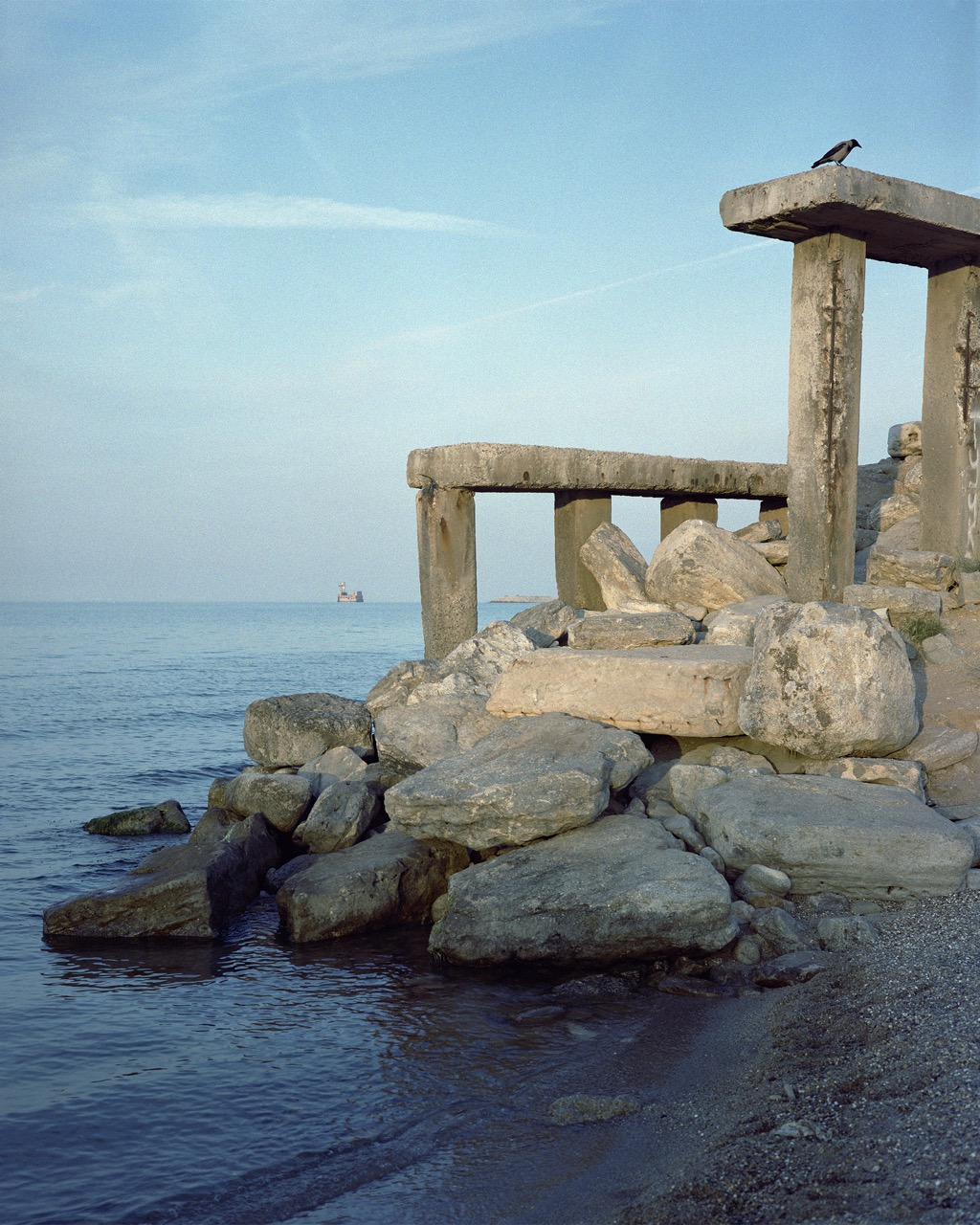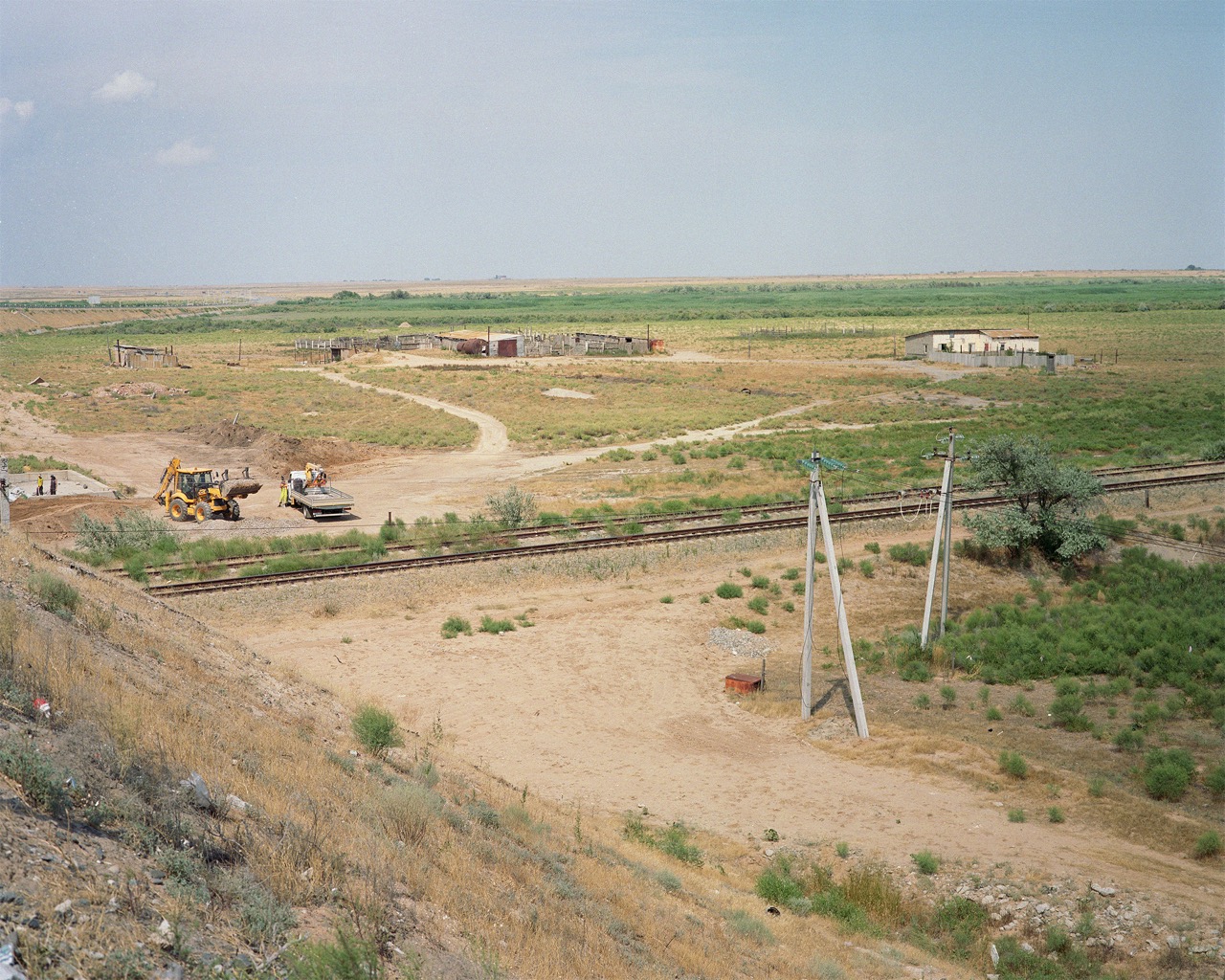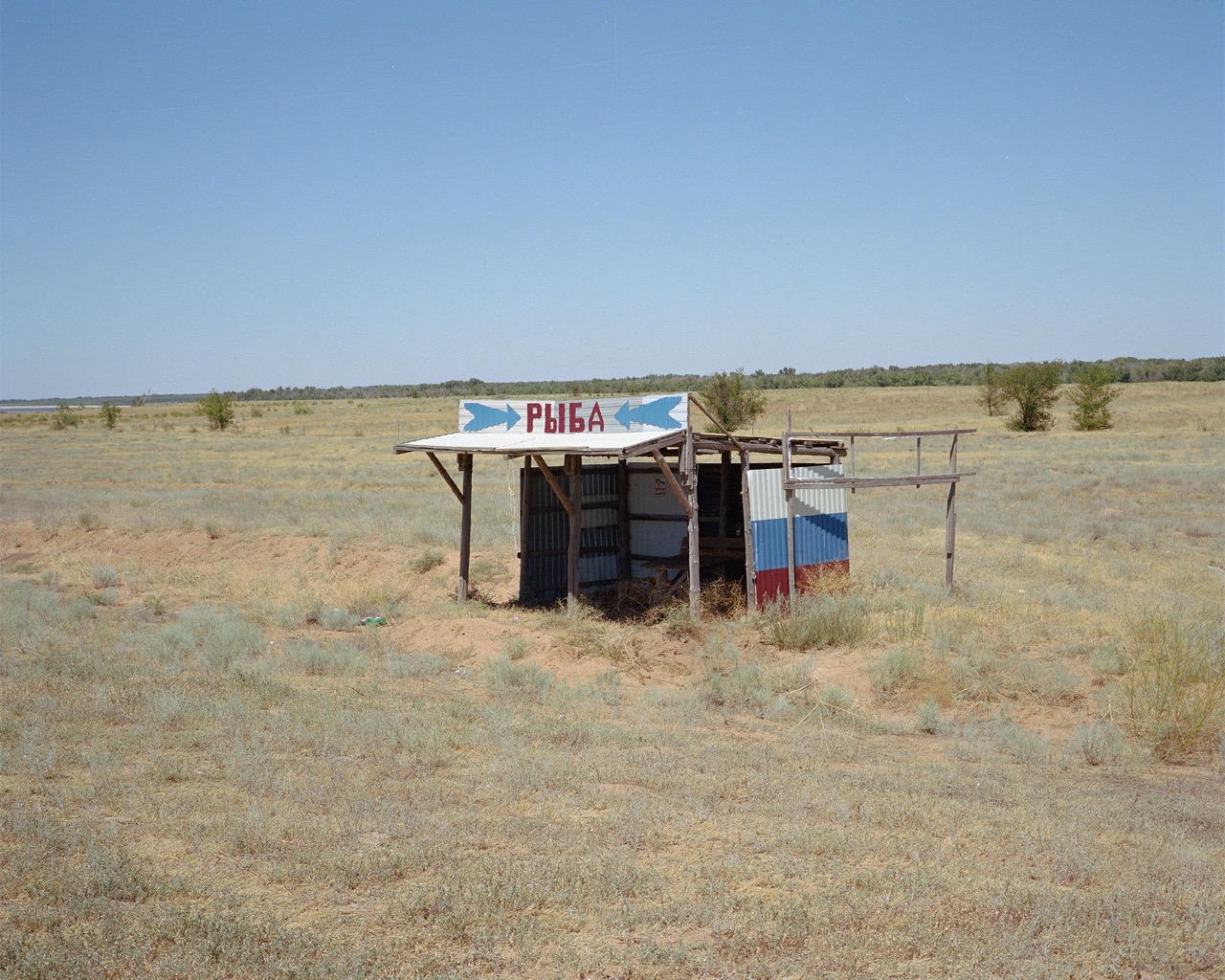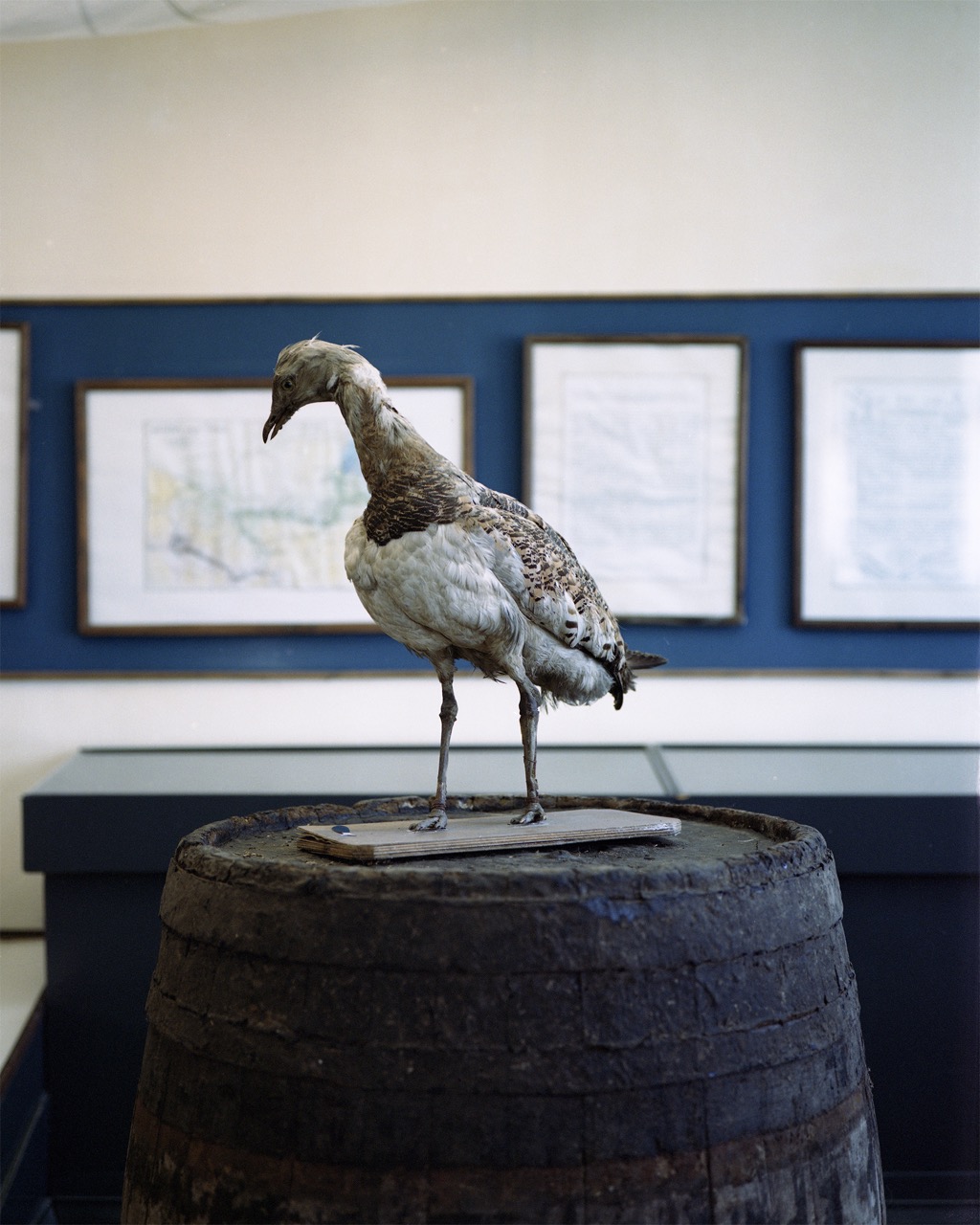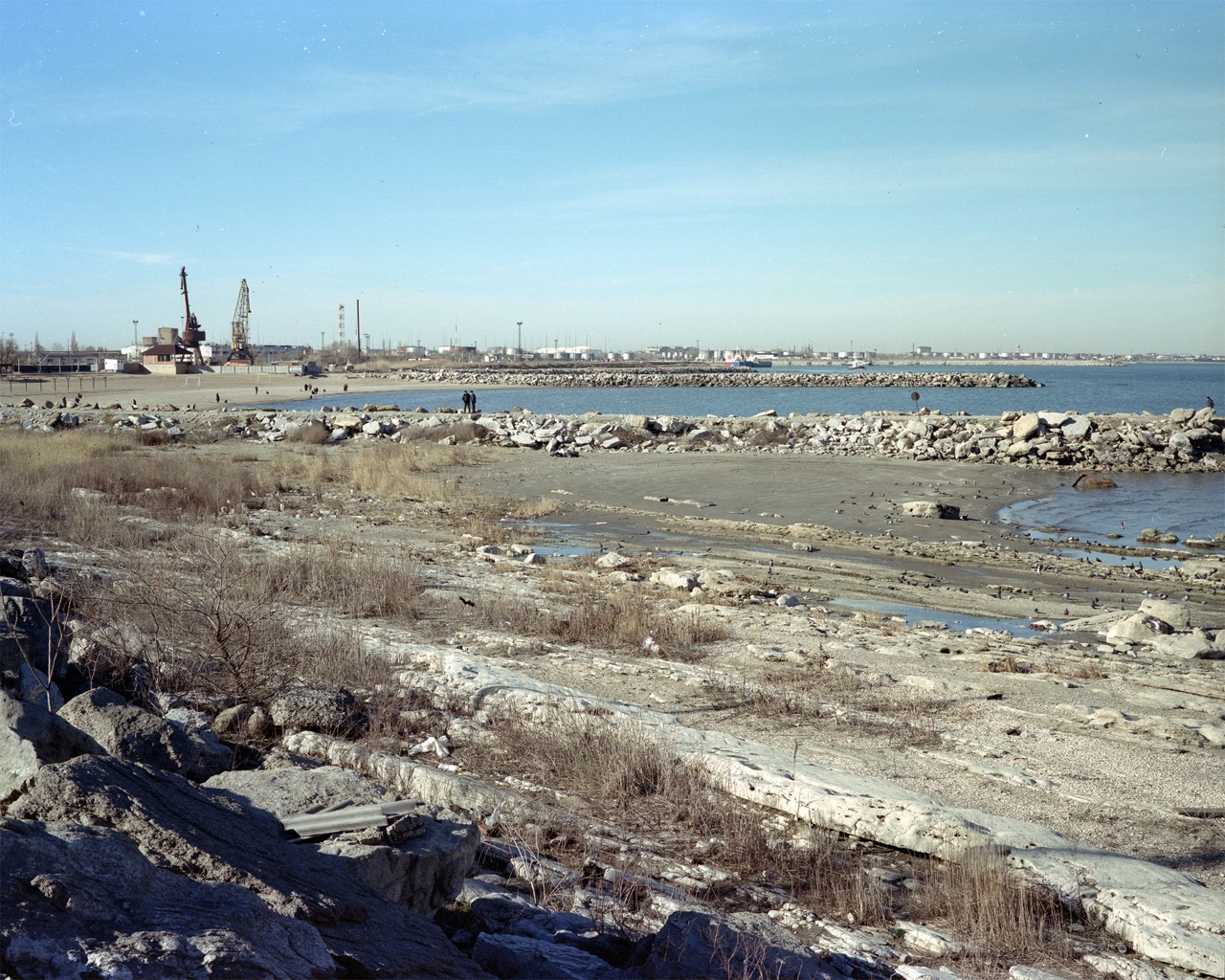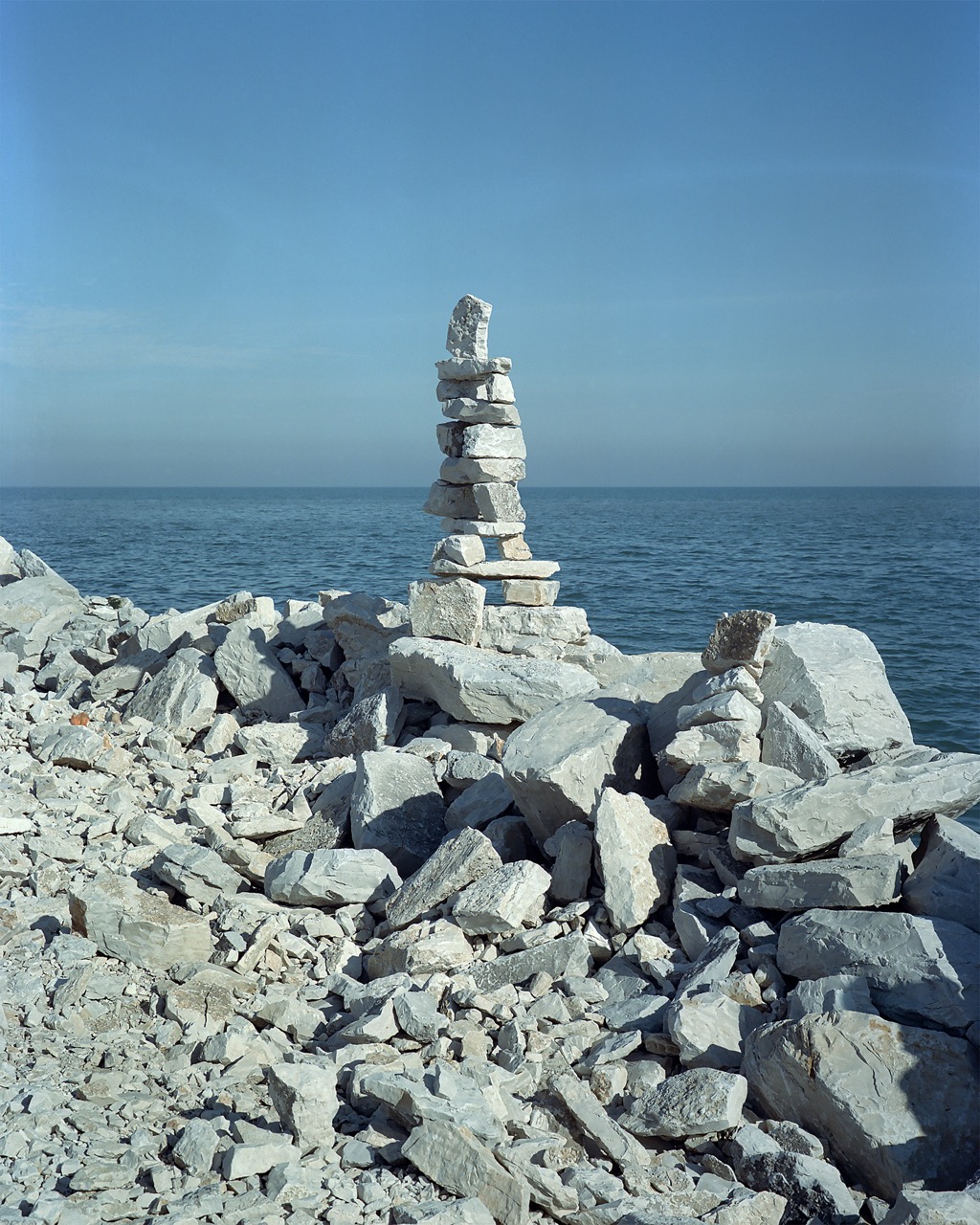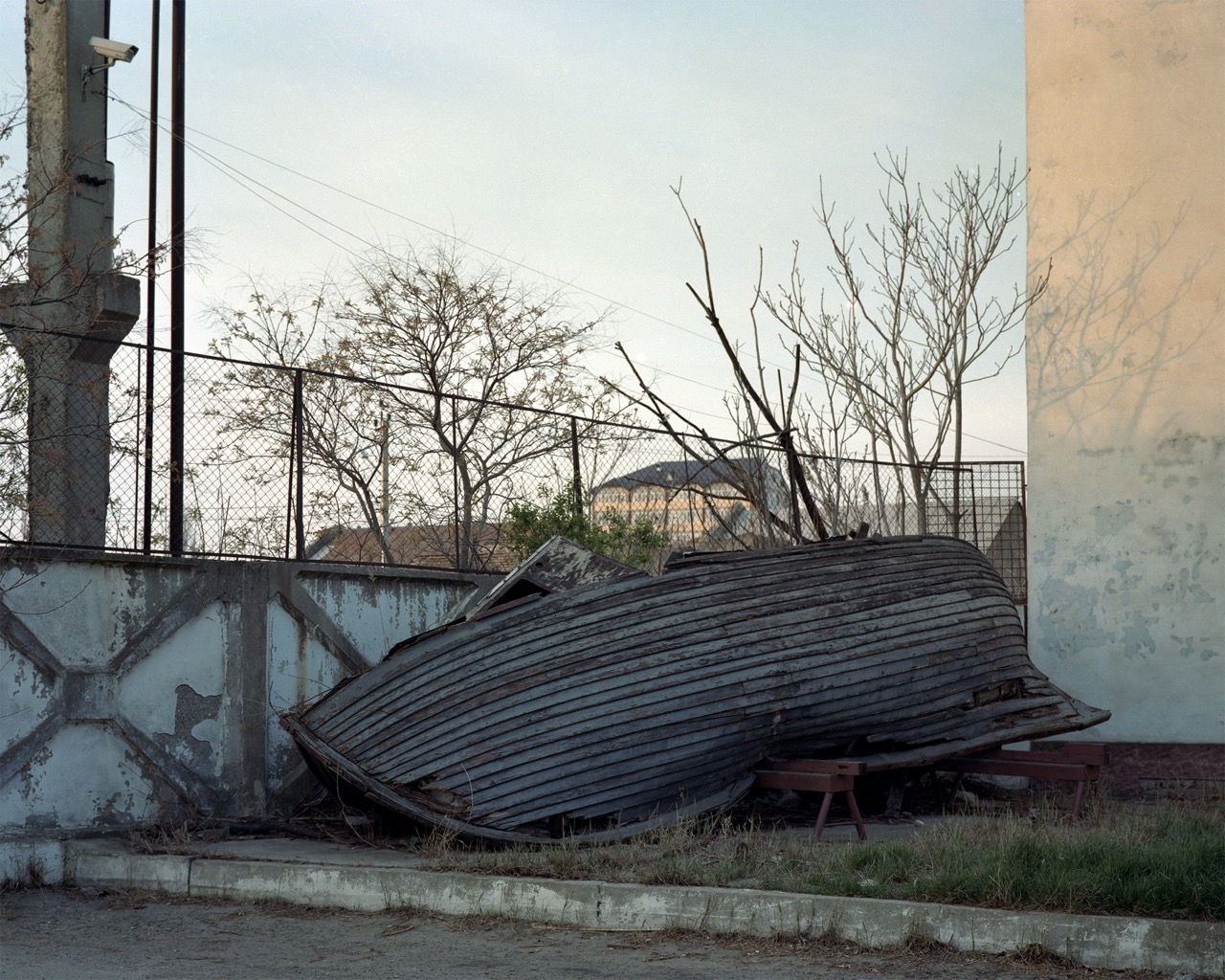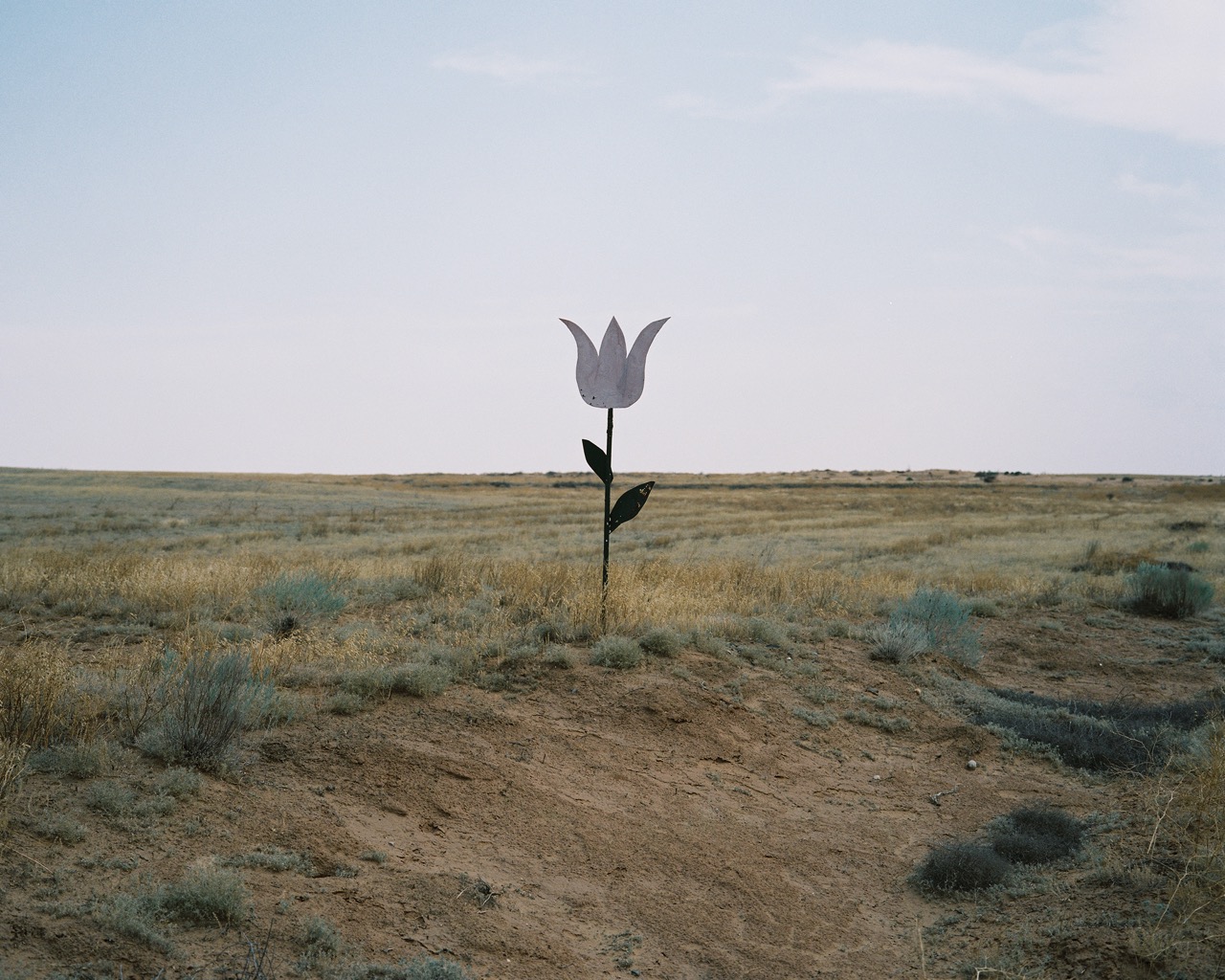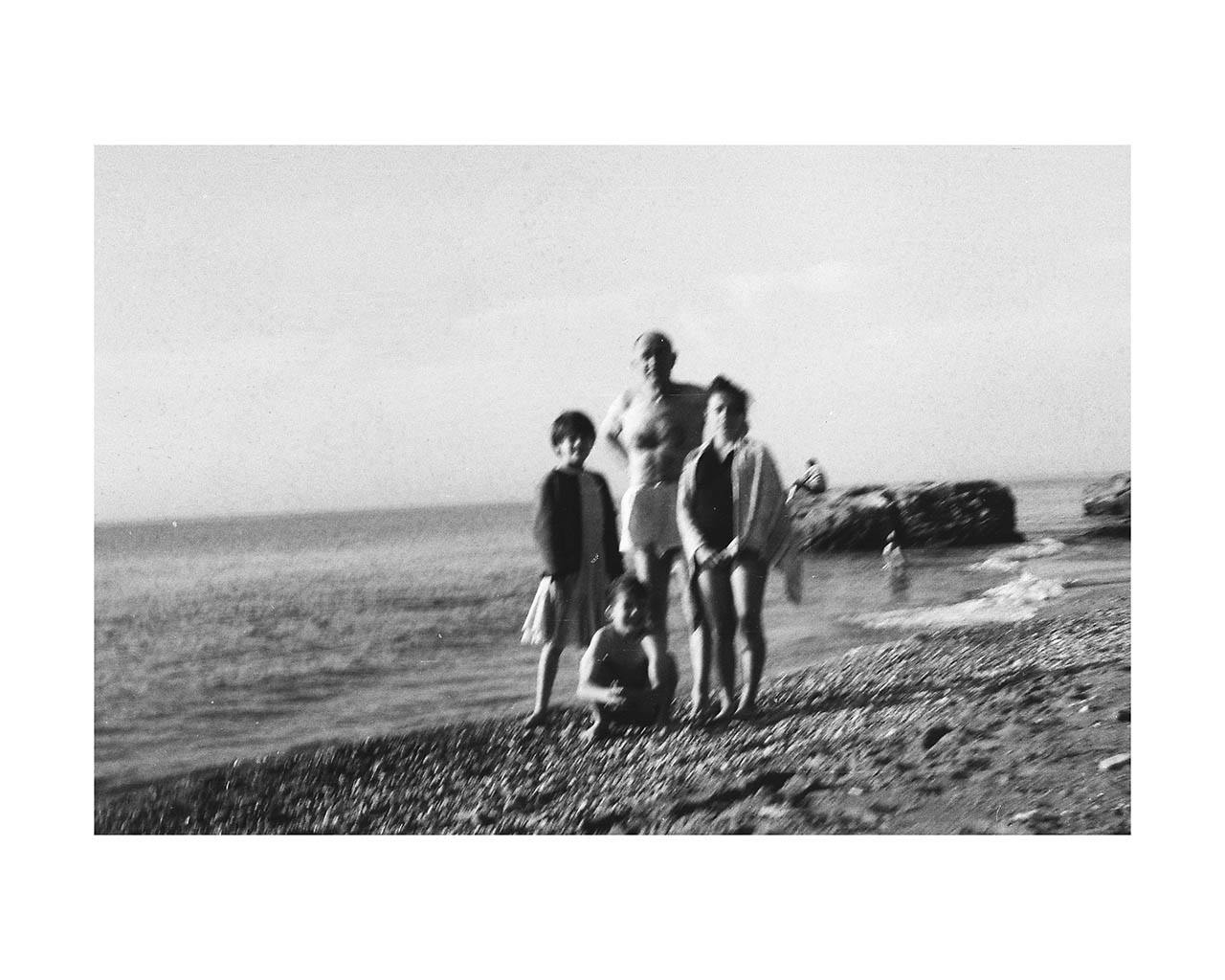
Dry Horizon (ongoing)
I took my first photos with my father's film camera, which I found by chance. I don't know where I got the film, it was the 1990s, the main entertainment were albums with colored pencils. Everything else was in short supply. Those photos, taken with random camera settings, turned out blurry, but they still were shots. The images depicted the shores of the Caspian sea, where our grandfather took us in the summer. He would swim far out in the sea, while my siblings and I would stay close to the shore. Now you can only walk there. The water is gone. The Caspian Sea is the largest enclosed body of water on the planet, which washes the shores of five countries. The decline in its water level began in the twentieth century and now it is 20 centimeters below the critical mark. The Volga and Ural rivers that feed the sea have been dammed up during the last century. Today, extensive upstream water reservoirs are siphoning off water that sustains Caspian communities and ecologies. This, combined with development of deep wells, intensive irrigation, overfishing, and the expansion of extractive industry brings the sea to the brink of disappearance and endangers the future of my home region. In my project, I want to explore the legacies of Soviet hydro-engineering and ongoing infrastructural development that reshape and define the future of the Caspian sea. I am interested in focusing on communities and species that live directly on the coast and face the consequences of the shallowing.